|
I’ve been busy packing up my “wine cellar” to move it to a new location. In the process, I stumbled upon a 1967 Château Léoville-Las Cases ‘Grand Vin de Leoville’ from Saint-Julien, Bordeaux, France. This fine bottle of red Bordeaux blend is classified as one of fifteen Second Growths in the original Bordeaux Wine Official Classification of 1855. I have no idea how I came by this! 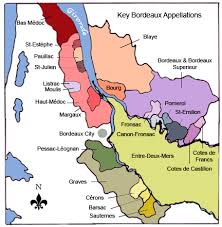 Château Léoville-Las Cases is located in Saint Julien-Beychevelle next door to Château Latour. It is one of the oldest Médoc estates that once upon a time belonged to some of the most influential and wealthiest noble French families, prior to being purchased by the Las Cases family. As a result of the French Revolution, the estate was split up at some point between 1826 and 1840 creating Château Léoville-Las Cases. The estate is considered to be large according to Bordeaux standards enveloping 240 acres of vineyards. Saint-Julien is the smallest of the four main Médoc appellations with 2,175 acres of vineyards on the left bank of Gironde. The vineyards are planted with 65% Cabernet Sauvignon, 19% Merlot, 13% Cabernet Franc and 3% Petit Verdot. 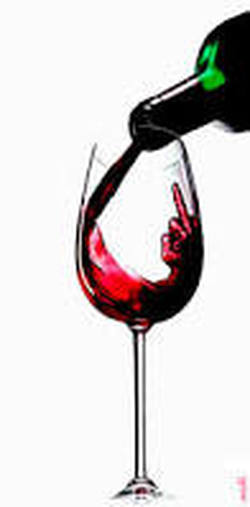 I have much more to tell you about the family history, terroir, and current management of Château Léoville-Las Cases, but my story stops here for now. When the appropriate time comes, I will uncork this bottle and share the rest of the story along with my tasting notes. The wine is long past peak, but I’ve had a few vintage Bordeaux lately that have pleasantly surprised me! What’s in your wine glass this Wednesday?
Cheers! Penina To leave a comment or if you have an inquiry, please contact me at [email protected]  It was a flurry of activity this past weekend, catching meals on the run and quick get-togethers with family and friends. However, I did manage to find a little time to taste a delicious 2014 Vidal Riesling from Marlborough, New Zealand. Although Riesling originated in Germany, the grape is grown worldwide and has become the fourth most popular white varietal planted in New Zealand. 85% of Riesling grown in New Zealand is in the South Island wine regions of Nelson, Marlborough, Waipara Valley and Central Otago. The grapes for the Vidal Riesling were sourced from the Awatere, central Wairau Valley and Wairau finger valley of Waihopai. 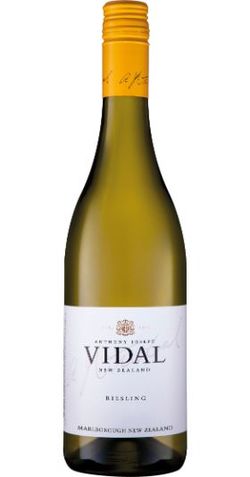 This 100% Riesling is dry with seductive aromas of tropical fruit, floral and apple. Juicy flavors of citrus, lime and floral continue onto the palate. This is a lively and crisp wine that is beautifully balanced. The food pairings are endless! Alcohol: 11.5% I don’t think that Vidal Riesling is available in the USA. My friend picked up a few bottles while in NZ. I will certainly give you an update if I do find it!
As I still have much to do before Monday, this is a short post today. Happy Sunday! Cheers! Penina  When one thinks of the tango, Argentina immediately comes to mind. And that can be said for Malbec as well. Mendoza is considered the “heart of wine growing” in this country. Over 70% of all Argentine wine is produced in Mendoza. Of that amount, 85% of it is Malbec. I recently received a few bottles of Trivento Malbec from Mendoza, Argentina that were amazing. So let’s start with a little background information before I share my tasting thoughts with you.  Bodega Trivento is located in Mendoza, Argentina against the backdrop of the Andes. In the mid-1990s Concha y Toro, Chile’s leading wine producer, purchased this collection of eight vineyards spreading across the Maipu, Tupungato, Uco Valley, Luján de Cuyo, San Martin and Rivadavia districts, making it one of the largest wine estates in Mendoza with 3,185 acres.  The name Trivento means “three winds”, referring to the Polar, Zonda and Sudestada winds that blow across the sun drenched and arid land of Mendoza. These winds are an integral part in the growth and unique character of the grapes. The frigid Polar winds of winter forces the sap deep into the vines. Next, the Zonda winds hurtle down from the Andes out of the West, awakening dormant sap to generate new spring growth. And finally, in the summer months, the Sudestada winds drawing from the East provides a cool breeze from the scorching sun, giving the grapes relief and aid in ripening. Trivento’s high-altitude and huge swings in day and night temperatures help influence and enhance the wines’ aromatic quality. In addition, rainfall averages only 8 inches a year. However, Mother Nature lends a hand by irrigating the vineyards with the spring snowmelt that cascades from the mountains nearby. All eight vineyards of Trivento are equipped with state of the art technology, drip irrigation systems and a dedicated team of winemakers and technicians. The Trivento Reserve Collection wines are made by Maximiliano Ortiz, a native of Mendoza, who apprenticed with internationally renowned Italian consulting enologist, Alberto Antonini, who still consults for Trivento. The grapes for the Reserve line are harvested by hand and aged for about six months in French oak barrels, followed by six months in bottle. The Trivento 2015 Malbec Reserve is 100% Malbec. It is dark red bordering on violet. Mouthwatering aromas of fresh berries, plum, spice and sweet cocoa, segue onto the palate with more dark fruit, spice, pepper and vanilla added in. Soft tannins and a long finish make this a very approachable price to value ratio. Alcohol: 13.5% SRP: $11 Trivento Golden Reserve Malbec grapes are grown in the higher altitudes of the Luján de Cuyo zone of Mendoza. The higher altitudes contribute to greater concentration of fruit, density and a higher ratio of natural acidity that promotes the wine’s ability to age. The Lujan de Cuyo vineyard was planted more than a century ago in 1912. The grapes are harvested by hand and go through further hand selection at the winery. The wine is vinified and aged at a separate winemaking facility under the watchful eye of winemaker Germán Di Césare. The wine is aged for about twelve months in French oak, followed by varying aging times in the bottle, but usually twelve months. The 2014 Trivento Golden Reserve Malbec is 100% Malbec. The color is purple with enticing aromas of dark berries, plum, spice and pepper. The palate offers an explosion of berries in the mouth with plum, a hint of tobacco, spice, pepper and silky tannins. This is a beautifully balanced wine that is full of surprises.
Alcohol: 14.5% SRP: $21 These are affordable and very drinkable wines that will complement just about any type of food. I’m impressed! Have a great Wine Wednesday! Cheers! Penina To leave a comment or if you have an inquiry, please contact me at [email protected] 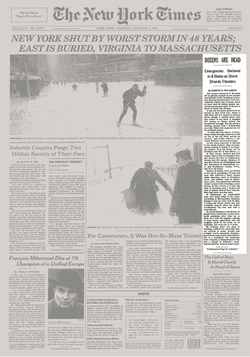 As I sit here waiting for “Blizzard Stella” to arrive, I’m reminded of another blizzard that took New York by “storm” in 1996 and dumped over 22 inches of snow. The Blizzard of 96’ has the distinction of being included in the list of the 10 biggest snowstorms in NYC history! Will “Stella” make this list? It certainly could according to the latest snowfall predictions! And speaking of lists, the 1996 Chateau Pavie Macquin, Saint-Emilion Grand Cru is included in the list of best vintages of this Chateau. And one can truly understand why. This is an amazing wine and I express gratitude to my friend who shared it with me. Chateau Pavie Macquin is located in Saint-Émilion on the right bank of Bordeaux. Agricultural engineer Albert Macquin purchased the Chateau in 1887. Macquin is known for producing more than a million plants that were less susceptible to chlorosis and who is at the origin of using the grafted plant to help eradicate the phylloxera epidemic, saving his vineyard as well as the entire Bordeaux region! He also developed scientific vine plot monitoring. Albert’s three grandchildren and great grandchildren now own the chateau. This Bordeaux blend is Merlot dominant with 25% Cabernet Franc. We decanted the wine, but didn’t wait to start enjoying it. As a rule Bordeaux wines reach their peak 10 to 12 years following the vintage. After 21 years in the bottle, this wine drank beautifully! It still had a lot of character and intensity. Aromas of dark fruit, cherry and hints of spice were present. The palate offered rich black fruit, spice and silky tannins. The finish was long. Although the wine had lost some of its complexity, it was still an impressive pour. http://www.pavie-macquin.com As I watch Blizzard Stella roar through here tomorrow, I’ll be reveling in the winter wonderland from my sofa with a snifter of cognac, a roaring fire and a good book! Happy Monday!
Cheers! Penina To leave a comment or if you have an inquiry, please contact me at [email protected] 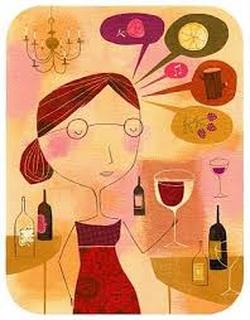 It has been a busy week so far and hence the absence of posts the past few days. On Monday I attended the Terroir Tour Symposium where I was introduced to Greek wines. And Tuesday was an amazing day of tasting impressive wines from New York at the NY Drinks NY Grand Tasting. Since I will be attending a Wines of Greece event in early May which will be more comprehensive than Monday’s event, I’ll wait until then to share my Greek wine story. However, here are samples of a rose, white and red wine that I tasted at the event to hopefully wet your appetite. In a nutshell, Greece has over 300 indigenous grapes and seven wine regions that include many sub-regions. As you can imagine, Greece has many interesting wines. The list of grapes is long but Assyrtiko and Moschofilero, (white grapes) and Agiorghitiko and Xinomavro, (red grapes) are predominant and important grapes used in Greece’s wine making. The Alpha Estate is located in Northwestern Macedonia in the Amyndeon plateau. The Rose Amyndeon 2016 is pink-salmon in color and made with 50% Xinomavro and 50% Syrah. Aromas of fresh red fruit, strawberries and hints of floral spill onto the palate. This wine is well balanced, dry and has a lengthy finish. Average price: $25 Domaine Sigalas is located in Oia, the northern part of Santorini Island. It is best known for its white wines made from the Assyrtiko grape. The Nychteri 2013 is 100% Assyrtiko. The color is golden with a nose of honey, stone fruit and lemon. The palate offers a full-bodied and complex wine, rich with fruit, spice, tart lemon and a hint of petrol. Average price: $40 Domaine Skouras is located in the Northeastern Peloponnese, in Argolida. Labyrinth 99-12 is made from sequent vintages of the Megas Oenos label that mature together in a special barrique for 18 months. It is made with 80% Aghiorghitiko and 20% Cabernet Sauvignon. The color is deep red with concentrated aromas of red fruit, especially dark cherries, spice and pepper. The palate offers lush berries, medium tannins and hints of clove. This is a full-bodied wine that delivers a complex and silky mouthfeel with a lengthy finish. My story in May will be more detailed, describing Greece’s wine history, regions, terroir and grapes. I will also share interesting stories about some of the producers.
If you’ve never tried Greek wine, then next time you’re perusing the shelves of a wine shop, buy a bottle and please share your thoughts with me! Στην υγειά σας Stin ygeiá sas! Penina To leave a comment or if you have an inquiry, please contact me at [email protected]  It seems that my “to do” lists are getting longer along with the daylight hours. And as I complete one task, several more pop up! My goal is to check off all items by the end of this weekend so I can put my energy into focusing on all the wine events coming up this month and next. 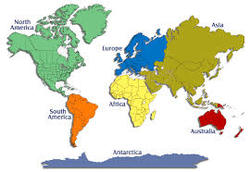 Looking ahead to the next few weeks, I’ll be attending several wine events, seminars and Master classes. I’m looking forward to learning more about wines from Greece, New Zealand, Italy and New York! Before I begin my “travels” next week, I want to make a quick stop in California today. 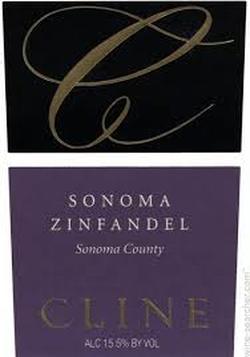 The other evening I tasted a delicious Cline Cellars 2012 Sonoma Zinfandel. Cline Cellars was founded by Fred Cline in 1982 and his brother Matt joined the team as Winemaker in 1986. The 350-acre estate is located in the Carneros District of the Sonoma Valley. Their vineyards boast some of the oldest and rarest vines in California, which includes one hundred year old plantings of Carignane, Mourvedre and Zinfandel grapes. Cline Cellars produces at least seven different Zinfandels, including an Ancient Vines Zinfandel made with vines that are 80+ years old. It is interesting to note that Zinfandel grapes are of Croatian origin. DNA fingerprinting has confirmed that both Italy’s Primitivo and Croatia’s Crljenak Kastelanski grapes are genetically identical to Zinfandel grapes. Zinfandel grapes didn’t arrive in America until around 1920. By the end of the 19th century, Zinfandel grapes were being planted throughout California and most likely originated in Croatia. According to the California Department of Food and Agriculture, Zinfandel is the third leading wine grape variety in California.  The 2012 Sonoma Zinfandel is filled with aromas of strawberry, cherry and spice. The wine is fruit forward with notes of strawberry, raspberry and cloves with hints of herbs and vanilla on the finish. Soft tannins and a silky mouth-feel combined with robust fruit flavor give this wine a rich and memorable impression. Unfortunately, I don’t have a photo of the wine due to technical failure of the camera on my cell phone. These photos are courtesy of Cline Cellars. Have a great Thursday!
Cheers! Penina To leave a comment or if you have an inquiry, please contact me at [email protected]  With an upcoming press trip to Sicily just 8 weeks away, a friend gave me a bottle of Sicilian wine last evening to remind me of what I had to look forward to. I have written a few posts about Sicilian wine, including a story of the Donnafugata winery. http://thewineknitter.com/1/post/2016/02/day-431-donnafugata.html However, today’s post is just a quick glimpse into one of Sicily’s wineries. I will be writing more extensive articles upon my return.  Tasca d’Almerita Winery was founded in 1830. The estate is located in central Sicily, about an hour south of Cefalù. The winery is located on the Regaleali estate that stretches over 500 hectare in the lush and mountainous heart of Sicily. Count Lucio Tasca, a descendent of the original owners, owns and runs the company along with his sons Alberto and Giuseppe. Carlo Ferrini is at the helm of Tasca D’ Almerita, and is a famous Tuscan winemaker and consultant who is very prominent in the wine world. Tasca d'Almerita Lamùri Nero d'Avola Sicilia 2012 is made from 100% Nero d’Avola grapes. The Nero d’Avola grape, which means “Black of Avola” due to its dark coloring, is one of the most important and widely planted red grapes in Sicily. Lamùri means love in Sicilian and that love transcends into making this fine wine. The color of the wine is dark ruby and is rich with aromas of dark cherry, berries, herbs and hints of floral. The palate offers dark fruit, plum and spice with floral and cherry on the finish. This is a well-structured wine with silky tannins and fresh acidity. Alcohol: 13.5% If you would like more information about Tasca d’Almerita, please visit: http://tascadalmerita.it/en/ I have many events to cover in March and I look forward to sharing with you!
Happy Wine Wednesday! Cheers! Penina To leave a comment or if you have an inquiry, please contact me at [email protected] Valentine’s Day is almost here and quite a few romantics are getting a head start by celebrating this weekend. Flowers, candy and hearts of all different sizes and designs are on display everywhere, as well as specially designed bottles of sparkling wine to mark the occasion. I especially love the mini bottles with little heart embellishments. With pink and red being the main theme for Valentine’s Day, rosé sparkling wine is a perfect choice to serve. Sparkling rosés are festive and range in color from light salmon to dark cherry and evoke the sentiment of the holiday. Rosés may be thought of as more of a spring and summer wine, but I enjoy them all year long and they pair beautifully with just about every type of food! Rosés are produced all over the world and can differ greatly in amount of dryness, fruit, flavor and price. Most of my rosé reviews have been about wines from France, Italy, Washington, CA and Spain. So, in keeping with my habitual curiosity of tasting wines, I recently tried a very inexpensive bottle of Casal Garcia Vinho Verde Rosé produced by the Aveleda Winery in Portugal. 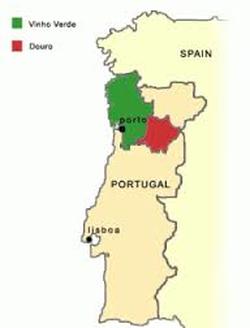 Vinho Verde is the largest DOC (Denominação de Origem Controlada) of Portugal and is located in the northwestern corner. The region grows a variety of grapes in fertile, granite and sandy soils with rainy, humid and cool temperatures created by its proximity to the Atlantic Ocean. This particular rosé is a blend of Vinhão, Azal Tinto and Borraçal grapes. The color is vibrant cherry with strawberry and raspberry aromas that segue onto the palate. It is mildly effervescent with a dry yet creamy mouthfeel. The fresh fruit is nicely balanced with acidity and a hint of citrus zest leads to a crisp finish. Alcohol: 9.5% Price: $8.50 Considering the price of this rosé, it is a great value for quality sparkling wine and proves that one doesn’t always have to spend a fortune to show how much you care. Your heart and love will pair well with any wine! Whether you’re celebrating Valentine’s Day with loved ones, friends, family or just want to celebrate “you”, go ahead and indulge in some chocolates such as champagne truffles and pop a bottle of “pink”!  Have a sweet and bubbly Valentine’s Day! Cheers! Penina  With an impending snowstorm on its way, my thoughts are turning to comfort food and red wines. Last month I made a big vat of vegetable bean soup, poured it into airtight pint sized gelato containers and stored them in the freezer. I do this with a lot of freezable recipes such as chili and stews. It’s a great way to store food and makes for an easy, no fuss meal. Just thaw as many containers as you need, then heat and serve! Several of my friends liked the idea so much, that they are doing the same thing. And the bonus is, you have an excuse to buy and enjoy gelato…just say that you’re running out of containers! So, while the containers of soup are thawing, I’ll tell you about the wine I chose to pair with the soup. 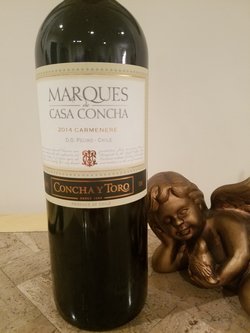 Marques de Casa Concha is an outstanding brand of Concha y Toro and is known for its fine collection of single vineyard varietals produced by noted winemaker Marcelo Papa. The grapes for the 2014 Carmenere are sourced from the celebrated Peumo vineyard, located in the Cachapoal zone of Chile’s Rapel Valley. The Carmenere grape is a member of the Cabernet family and was originally planted in the Medoc region of Bordeaux, France. It is considered part of the original six grapes of Bordeaux. The name Carmenere comes from the French word crimson. The Carmenere grape was first imported to Chile in the 19th century which now has the largest area of planted Carmenere in the world. Today, Carmenere grows chiefly in the Colchagua Valley, Rapel Valley, and Maipo Province of Chile and produces the majority of Carmenere wines. The Marques de Casa Concha 2014 Carmenere is a medium -bodied wine made with a blend of 88% Carmenere and 12% Cabernet Sauvignon. The color is an intense dark red with hints of light purple on the rim. The aromas of dark fruit, cherry, spice and a touch of floral are very inviting. The palate offers an amazing rush of black pepper that is immediately infused with layers of plum, dark fruit, essence of oak (from 16 months in French oak), dark chocolate and hints of vanilla and spice on the finish. Soft tannins, velvety mouthfeel and beautifully balanced, this is a wine that speaks. Alcohol: 14% SRP: $25 Although I paired this wine with a hearty soup, it would certainly complement meat, game and fish entrees such as tuna and swordfish. Try some Manchego or Brie cheese with this wine. Trust me, it’s an interesting combo! My guest was happy that I saved some wine to serve with the soup!
Have a great Wine Wednesday! Cheers! Penina  It’s Super Bowl weekend and the parties have already started. 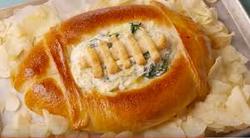 For the past two weeks recipe suggestions for the big day have inundated my Facebook, Twitter and Instagram accounts. Some of the recipes are quite impressive and unique ranging from simple fare to “food” footballs. Just google “recipes for Super Bowl” and be prepared to click on hundreds of links! 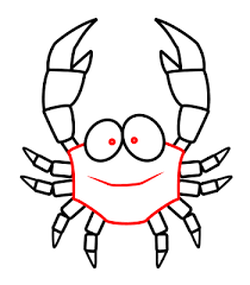 Since I will be attending a Super Bowl party, my only preparation this year will be bringing my famous and delicious warm Crabmeat Dip. If you would like the recipe, please email me. Everyone seems to have an opinion as to the appropriate wine one should open for Super Bowl night. As far as I’m concerned, the only thing that matters is that you enjoy what you open. And I personally think that any wine goes with football! In fact, maybe wine isn’t the answer. Perhaps your “go to” drink might be vodka, scotch, beer, cognac, soda or juice! I plan on bringing a bottle of 2014 Domaine Dutron Pere et Fils Saint- Véran, a lovely white Burgundy produced in the southernmost appellation of the Mâconnais region of Burgundy. The wine should pair nicely with the crab dip. Whatever you eat or drink, enjoy the game! I hope your team wins!
Cheers! Penina |
Categories
All
|

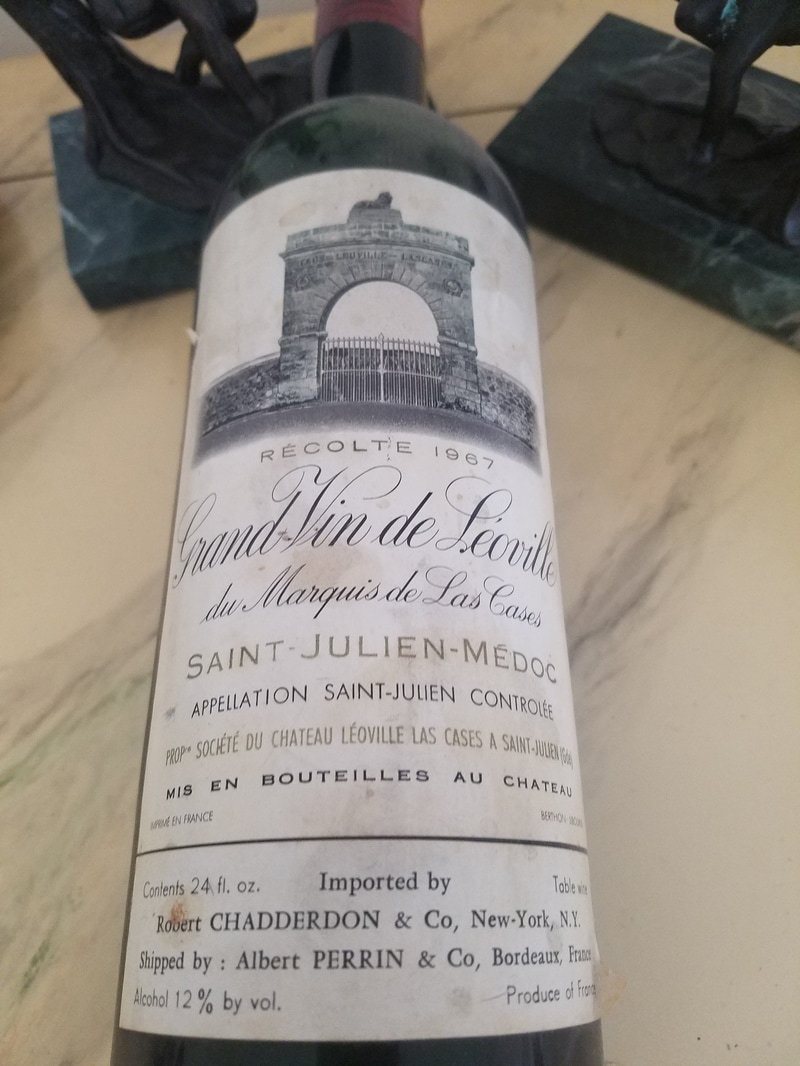
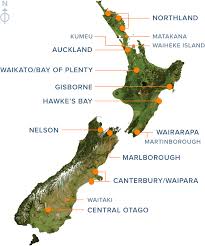



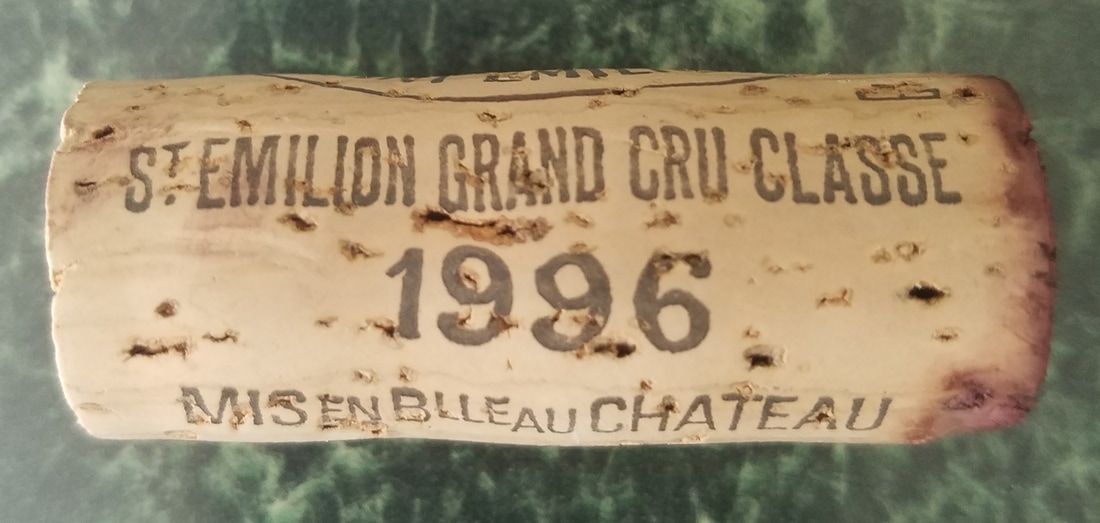
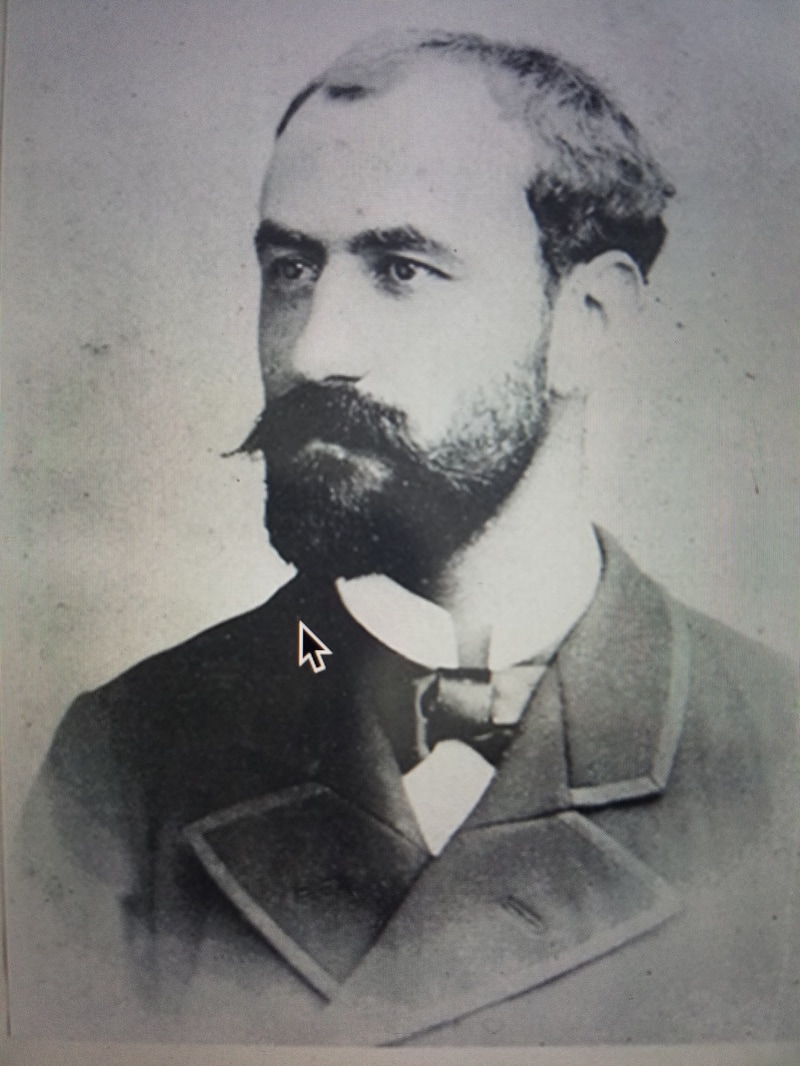
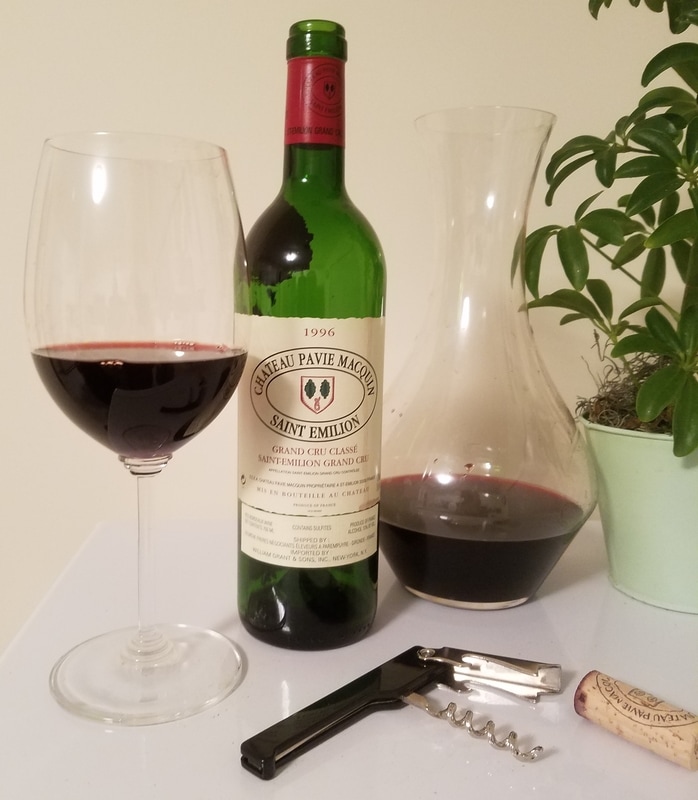
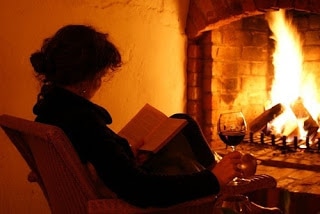
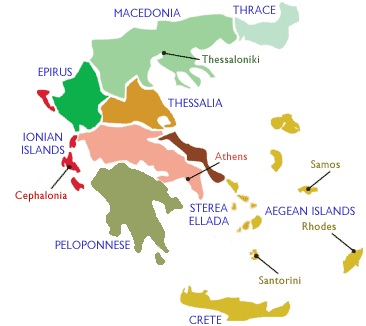
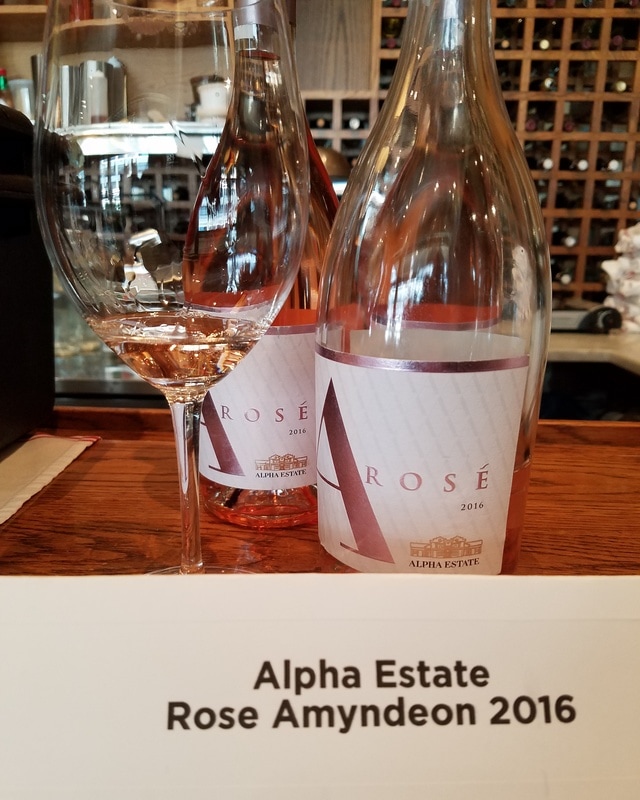
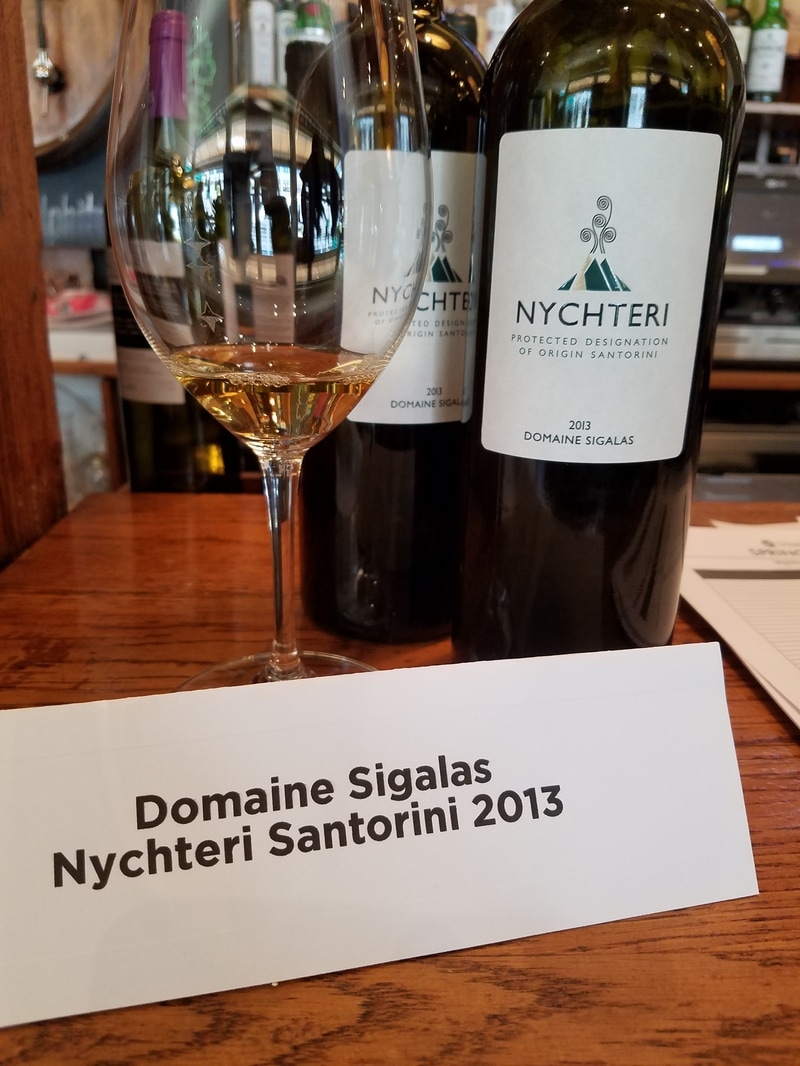
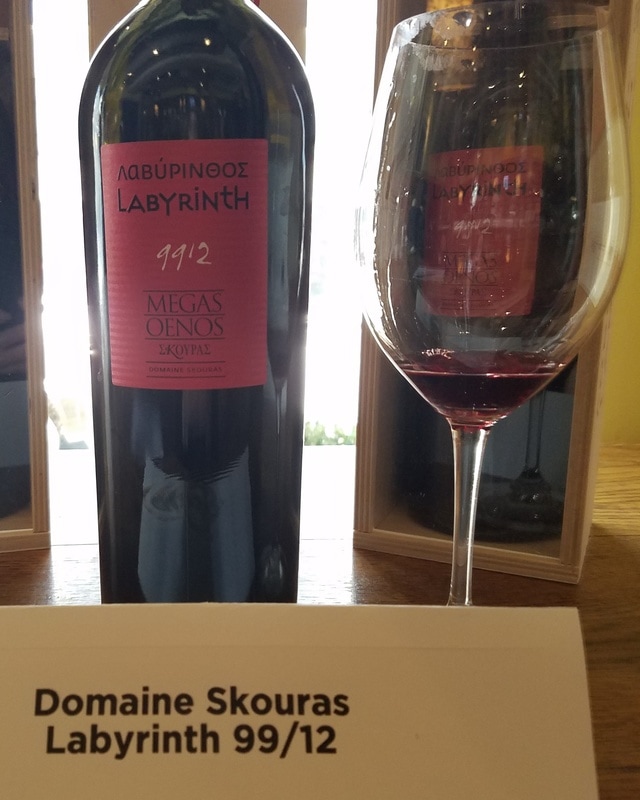


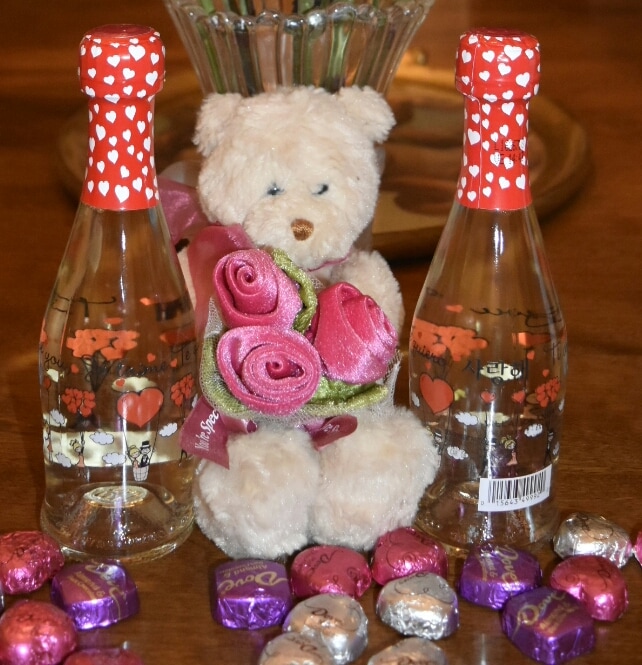
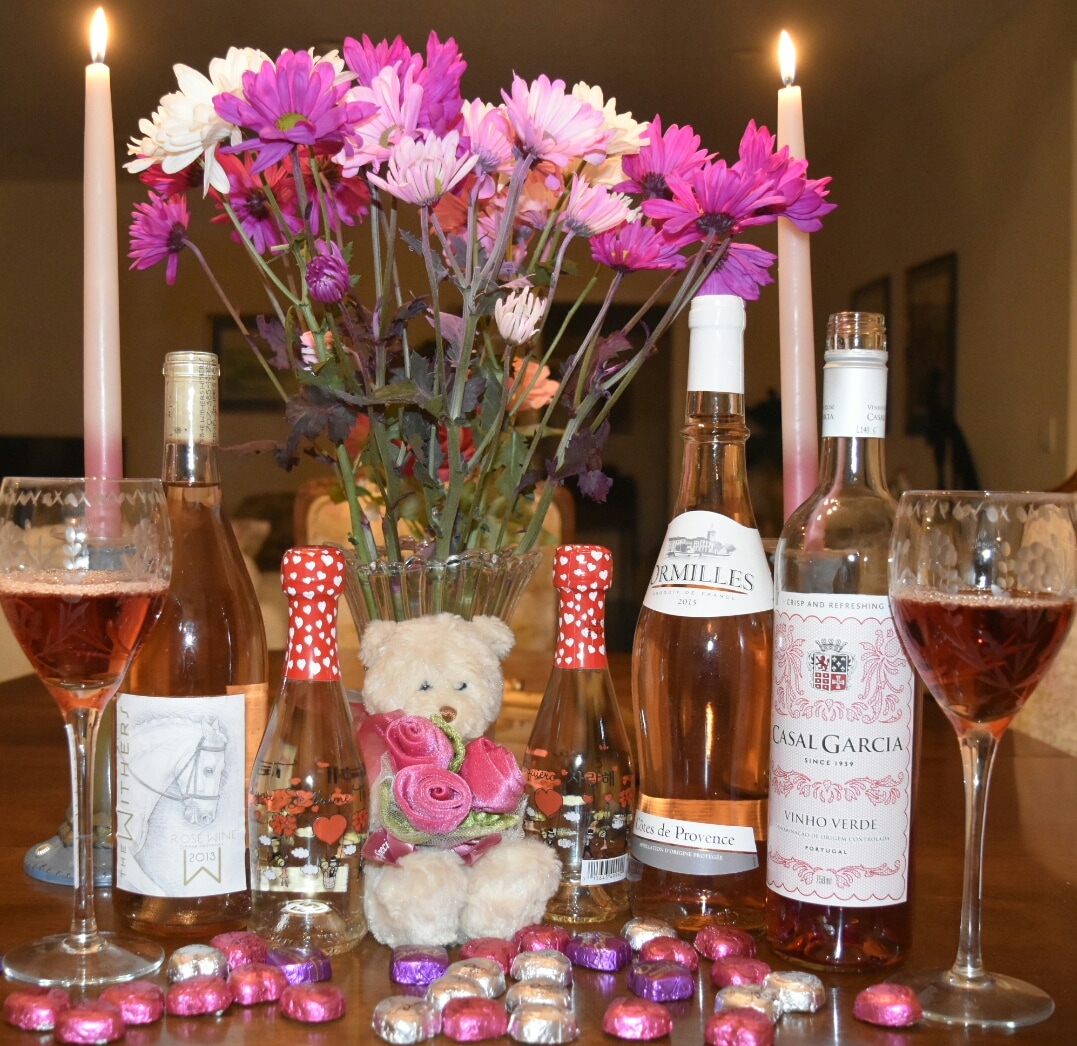
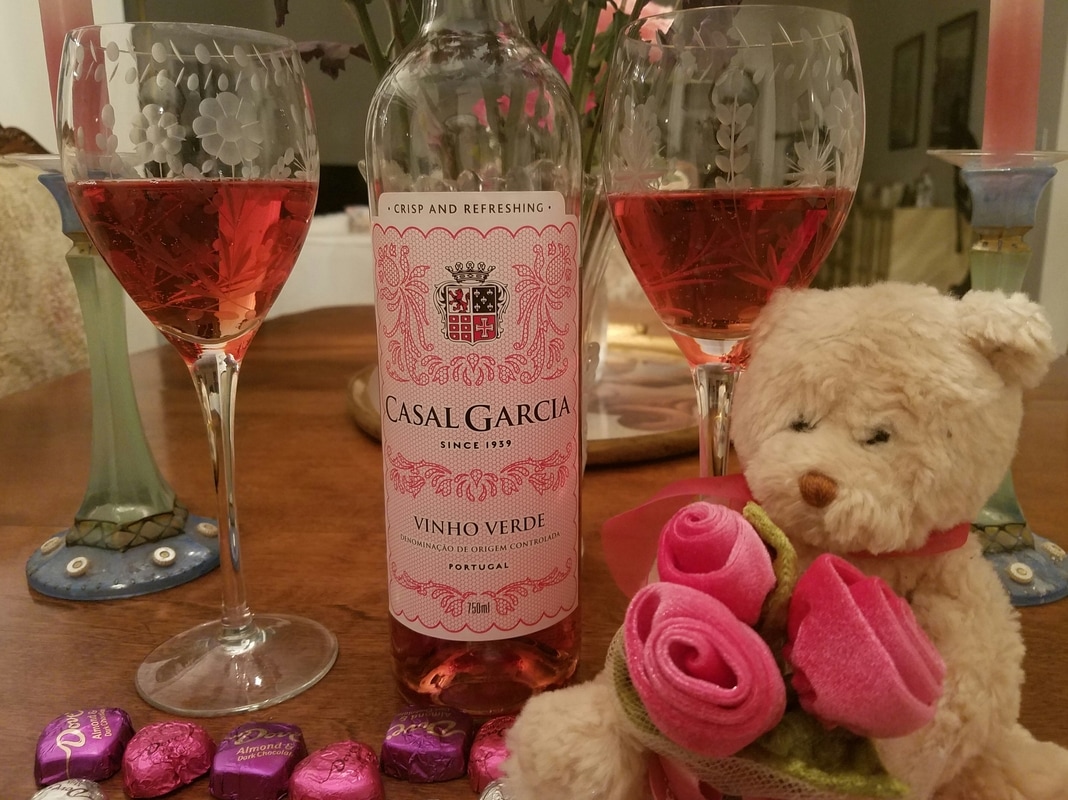
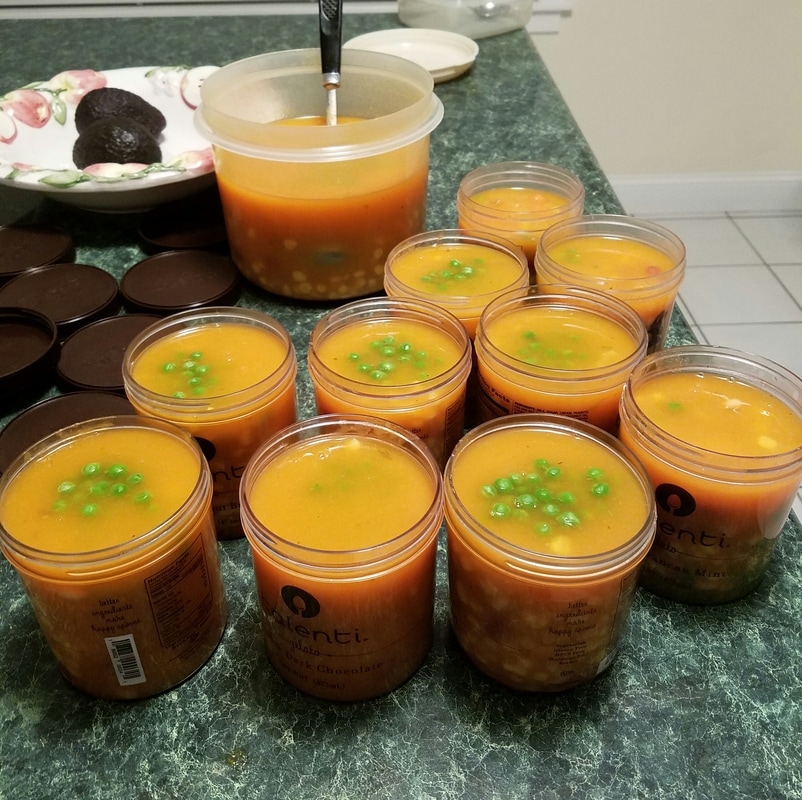
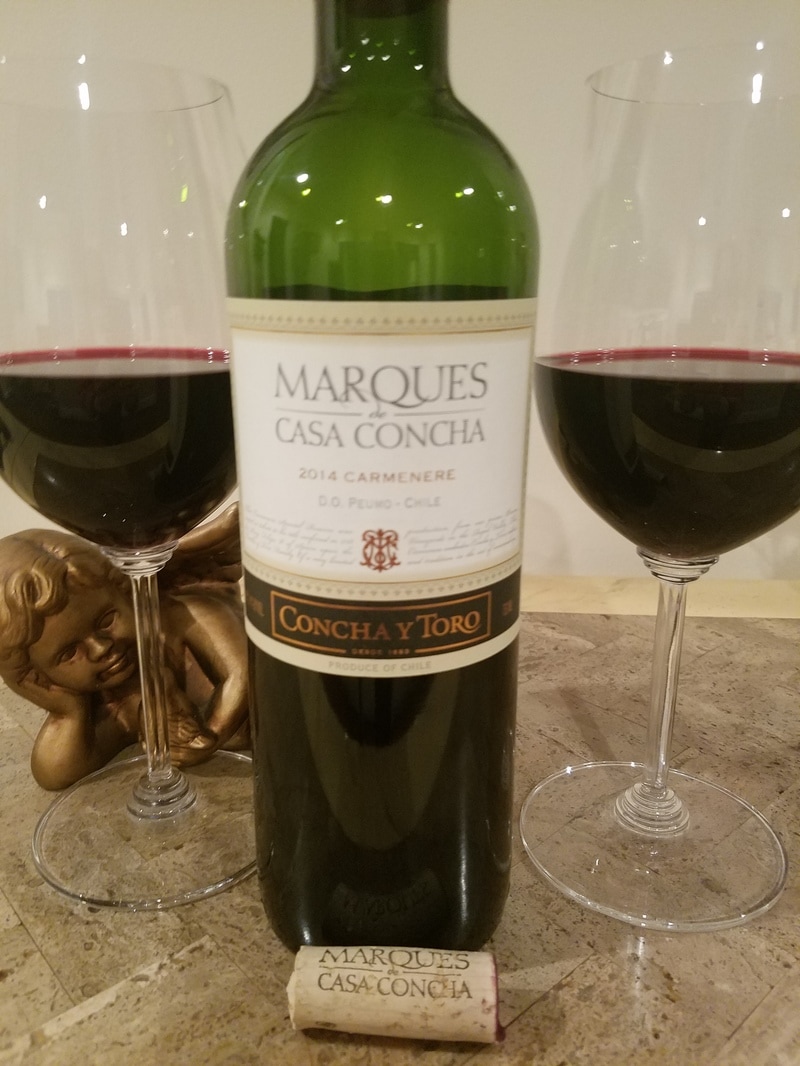
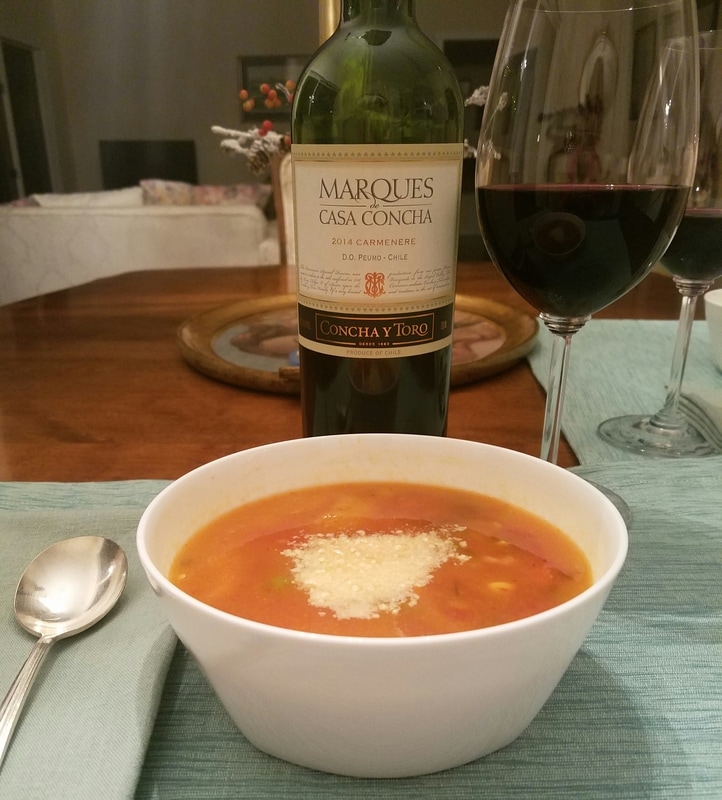

 RSS Feed
RSS Feed